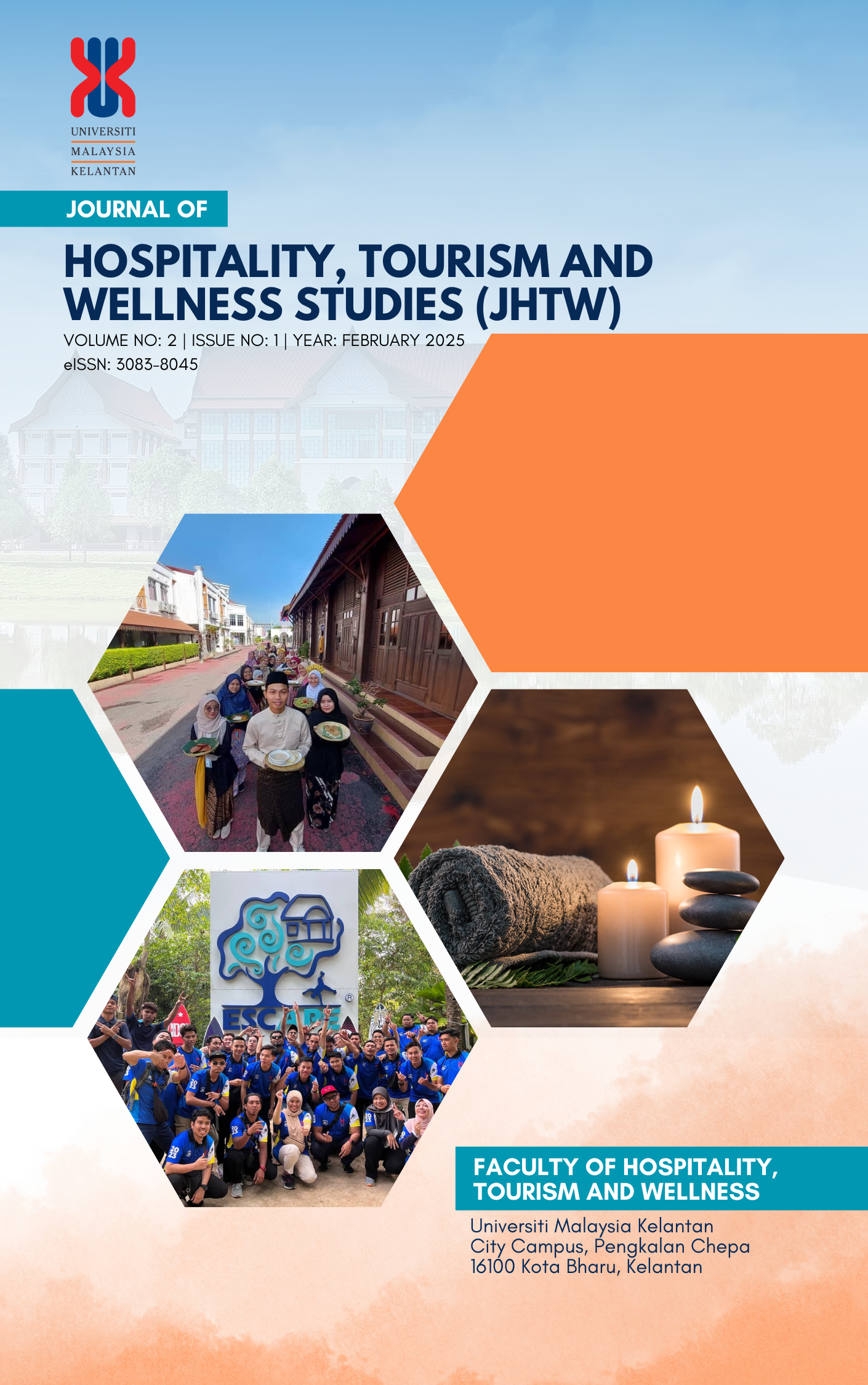The Relationship between Emotional Stability and Student Engagement among Universiti Malaysia Kelantan Students
DOI:
https://doi.org/10.70944/jhtw.v2i1.1596Keywords:
Optimism, Calm, Tolerance, Autonomy, Empathy, Student EngagementAbstract
Emotional stability is one of the important indicators of mental health. Positive attitudes and a deep awareness of the benefits of consistent physical activity on one's health may also result from quality engagement. However, on the other hand, student engagement has a negative impact and one of which is emotional instability. The objective of this study is to identify the relationships between optimism, calm, tolerance, autonomy, empathy, and student engagement. This study was conducted using a quantitative research approach. A total of 371 respondents have participated in this study which involved active undergraduate students at Universiti Malaysia Kelantan namely City Campus, Bachok Campus, and Jeli Campus. Furthermore, the most significant factor is optimism which achieved the highest value. Implications and recommendations were provided for future researchers in line with the study


